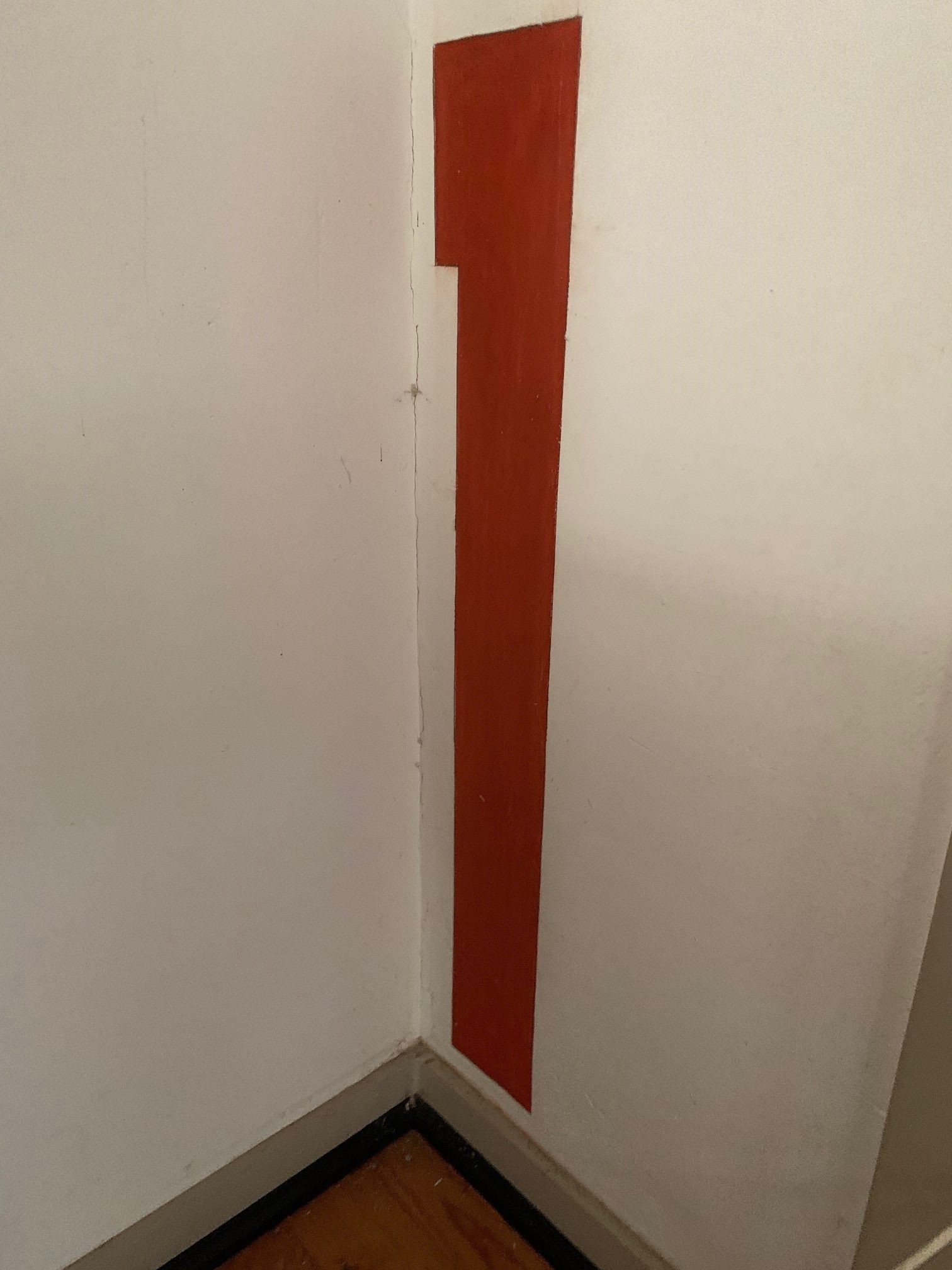The Jewish Work Village
A place that respectfully tells the story of the past and present pioneers
The Working Village was founded to provide Jewish refugees from Germany and Austria with an education. They are part of the pioneers of the polder. It was an optimistic start of a new future that ended gruesomely for a number of them. This gripping story will soon be told in the new Jewish Work Village Memorial Museum. The Jewish Work Village will not solely focus on the past, but also offer hope for the future. It will provide housing for the migrant workers who are currently coming to the Wieringermeer polder. They are the pioneers of this era, in the fields and in the greenhouses. They form a pillar of the Dutch economy and deserve proper housing.
On this page you can find out more about the history of the Jewish Work Village. We would also like to refer you to the Monument for the residents of the Werkdorp who were murdered during the Holocaust. This physical and digital monument is an initiative by locals Marieke Roos-van Riel and Ina Hoogenbosch-Glas. The physical monument consists of 197 tiles and is located besides an existing monument from 1989. It will be reveiled as soon as possible within the current government measures against Covid-19.
A gripping history
1934
Founded
740
Work Village residents in 1934-1941
197
Residents murdered
'Then perhaps one day, a simple stone will be placed here with the words' Here stood the Jewish Work Village Nieuwesluis.' Then, may everyone that passes by [...] behold that stone with reverence. '
George van den Bergh, 1934
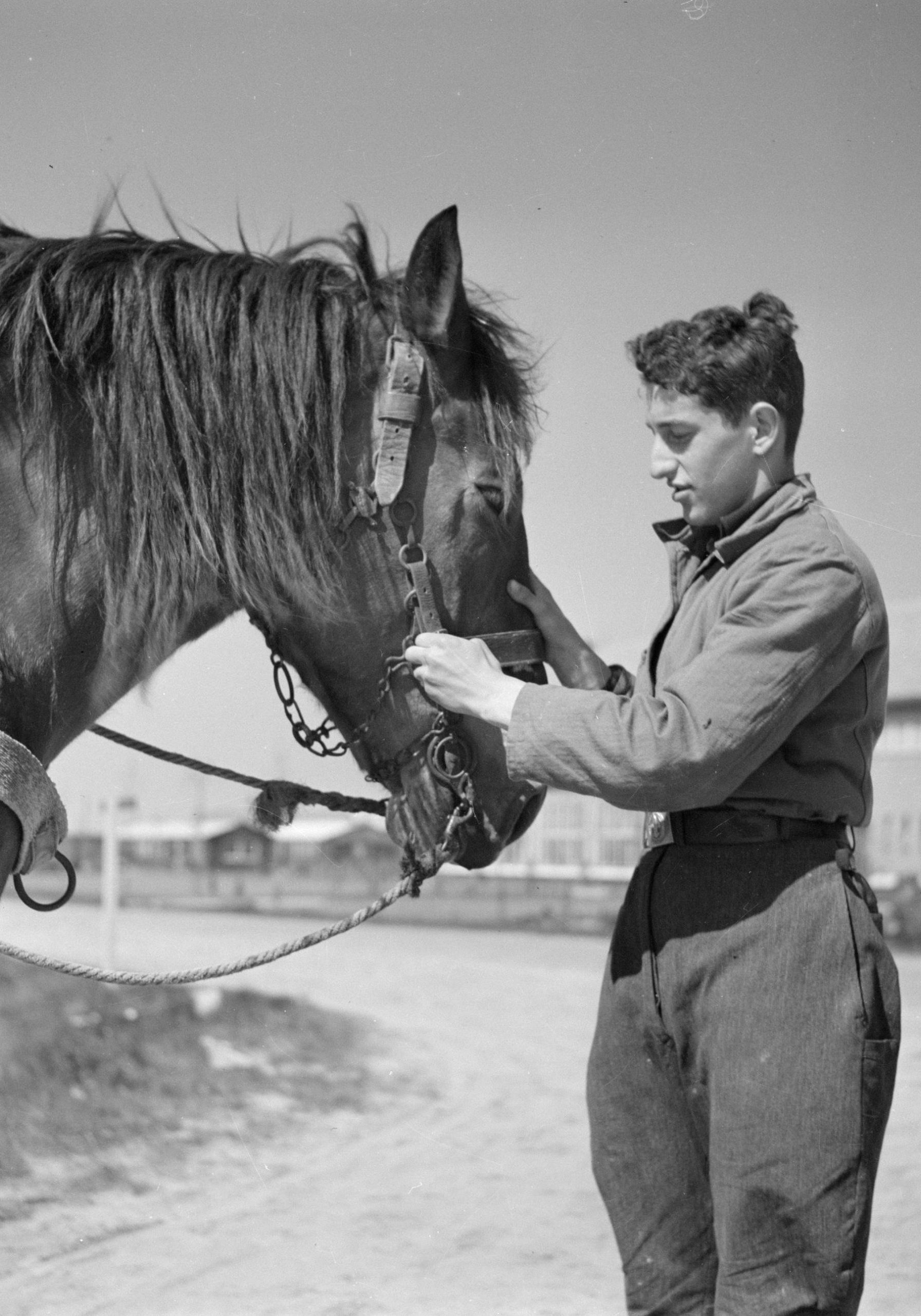
On October 3rd 1934, George van den Bergh, one of the initiators of the Jewish Work Village, speaks these words and James McDonald, High Commissioner of the League of Nations for Refugees, lays the foundation for the Jewish Work Village. It is a training institute for Jews who fled the Nazi terror in Germany and Austria. The Jewish pioneers are trained as farmers, carpenters, blacksmiths or learn other practical professions. After their training, they can start a new life in Palestine or elsewhere in the world. Many residents of the Werkdorp manage to do so. But for some it ends horribly.
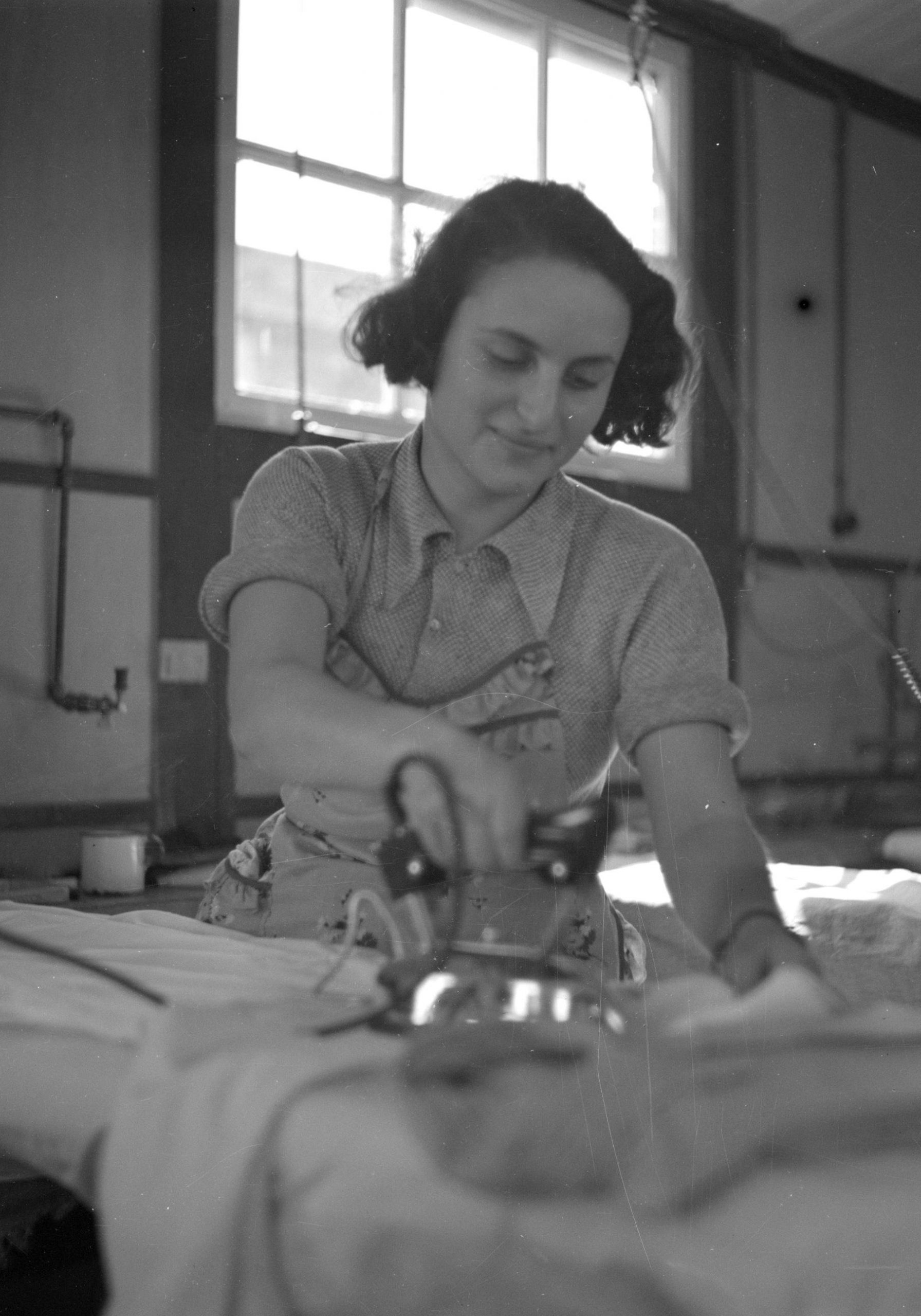
On March 20th 1941, the German occupation vacates the Work Village. The Germans eventually take 180 residents to several concentration camps, where they die gruesomely. Only few residents manage to escape prosecution, as they go into hiding. The Jewish Work Village remains vacant, without a purpose. After the last residents leave, the Directorate of Wieringermeer turns the Work Village into a pilot farm for mechanical agriculture.
Photo on the right: during the forced eviction, the young workers from the village line up for their transport.
![20013 [onbekend] / collectie Regionaal Archief Alkmaar / FO 3020013](https://www.joodswerkdorp.nl/wp-content/uploads/2021/04/20013-scaled-e1619709620791.jpg)
For a more extensive history of the persecution of the Jews in the Netherlands, please visit the websites of the Jewish Cultural Quarter in Amsterdam and The Jewish Monument.
The Community Building
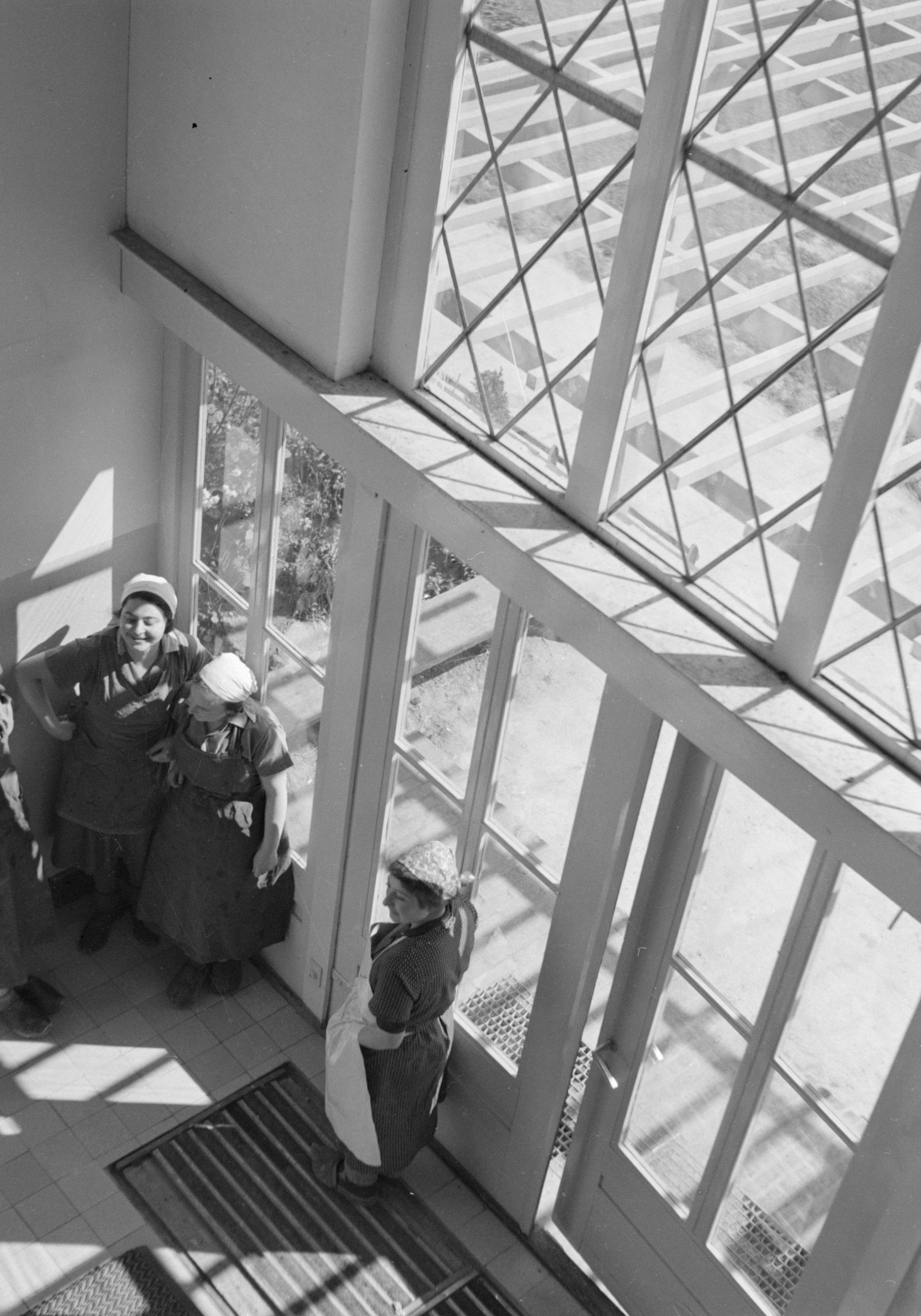
The community centre was built in 1937 by the students of the Jewish Work Village themselves, based on a design by the architects Bromberg and Klein. This allowed them to put their acquired knowledge into practice. The building looks like a mix between a school and a typical Wieringermeer farm. In 1939, the dock is replaced by an additional dining hall and a utility room. This layout has remained over the years. The school for mechanical agriculture, part of the Oostwaardhoeve pilot farm, has left no visible traces within the building in the postwar period.
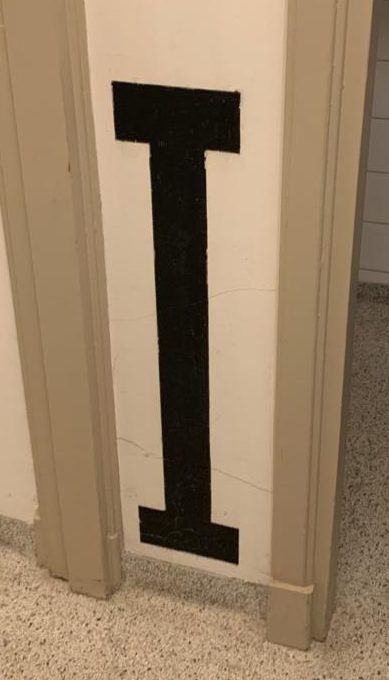
A few changes were made to the building, but the owners of art gallery Art & Project have since returned the building to its original state. This internationally famous gallery was the last to use the building. Art & Project is responsible for the sleek, neutral finish, which makes the building very suitable as a memorial museum. This same mindset is maintained while changing the building into a memorial museum. The building has been a Rijksmonument (national monument) since 2002.
The photos show two sculptures that are still in the walls of the community building. Artist David Tremlett created them in the 1990s as part of his exhibition 'Muren / Walls'. They are a lasting memory of Galerie Art & Project.
